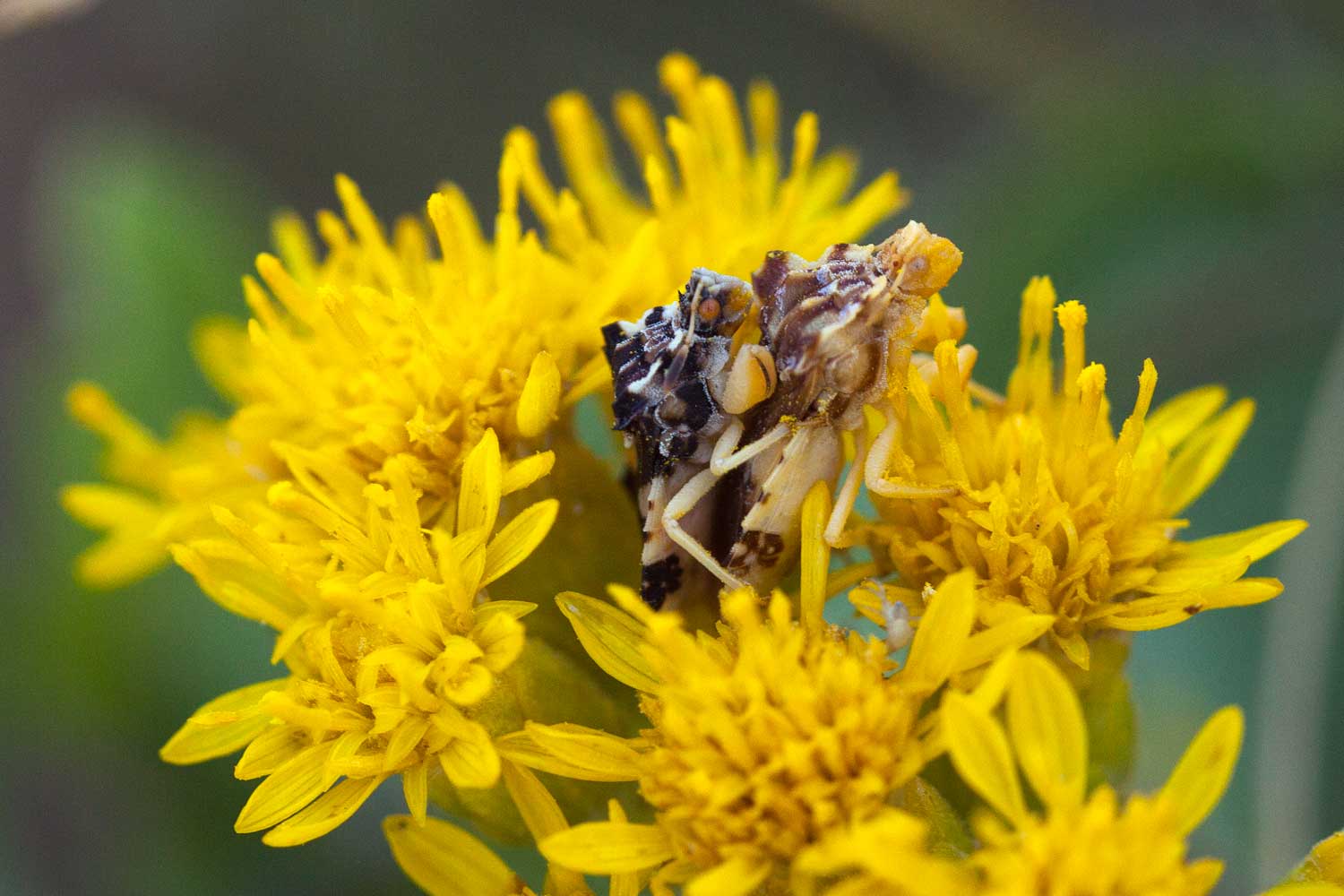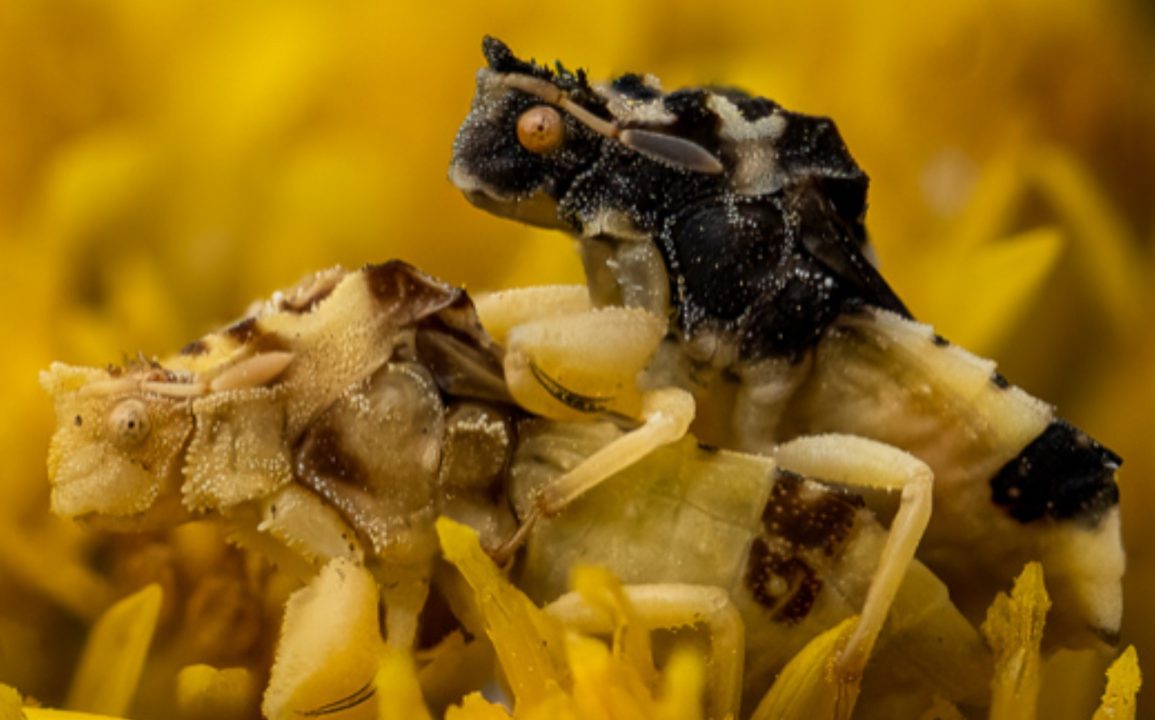Darker-coloured ambush bugs have a mating advantage over their brighter counterparts in cooler conditions because they can warm up more quickly in the mornings, enabling them to start their mating activities sooner.
This phenomenon is a part of a broader trend where temperature influences insect coloration, impacting their mating success. This observation is highlighted in a new review article published in *Ecology and Evolution*.
Scientists are still trying to understand the implications of human-induced climate change on insect mating behaviors. As global temperatures rise, the traditional color-based identification systems that insects rely on might be disrupted.
Mariella Herberstein, a behavioural ecologist at Macquarie University, notes the dual perspective: on one hand, insects are adapting to climate change; on the other hand, crucial mating signals might be lost, complicating mate recognition.

The current scientific consensus suggests that increasing temperatures lead to insects evolving lighter and brighter colors. This is because darker colors absorb more heat, while lighter colors reflect it, helping insects stay cooler. This theory is supported by examples such as the fading wing colors of Mead’s sulphur butterflies and the changing spot patterns on ladybugs and leaf beetles.
However, recent studies indicate that the relationship between temperature and insect coloration is not straightforward. Some species, like certain butterflies and walking stick insects, have shown darker coloration over time despite rising temperatures. These contradictory findings suggest that factors beyond temperature, such as melanin’s role in immune defense and UV protection, also influence coloration.
Color changes in insects due to climate change have significant implications beyond thermoregulation. They affect mate attraction, camouflage, and species recognition. Understanding these changes is crucial for assessing the impact on insect populations.
Integrative biologist Michael Moore emphasizes the complexity and variability in these patterns, indicating that much more research is needed to fully understand and predict how insects will adapt to climate breakdown.

